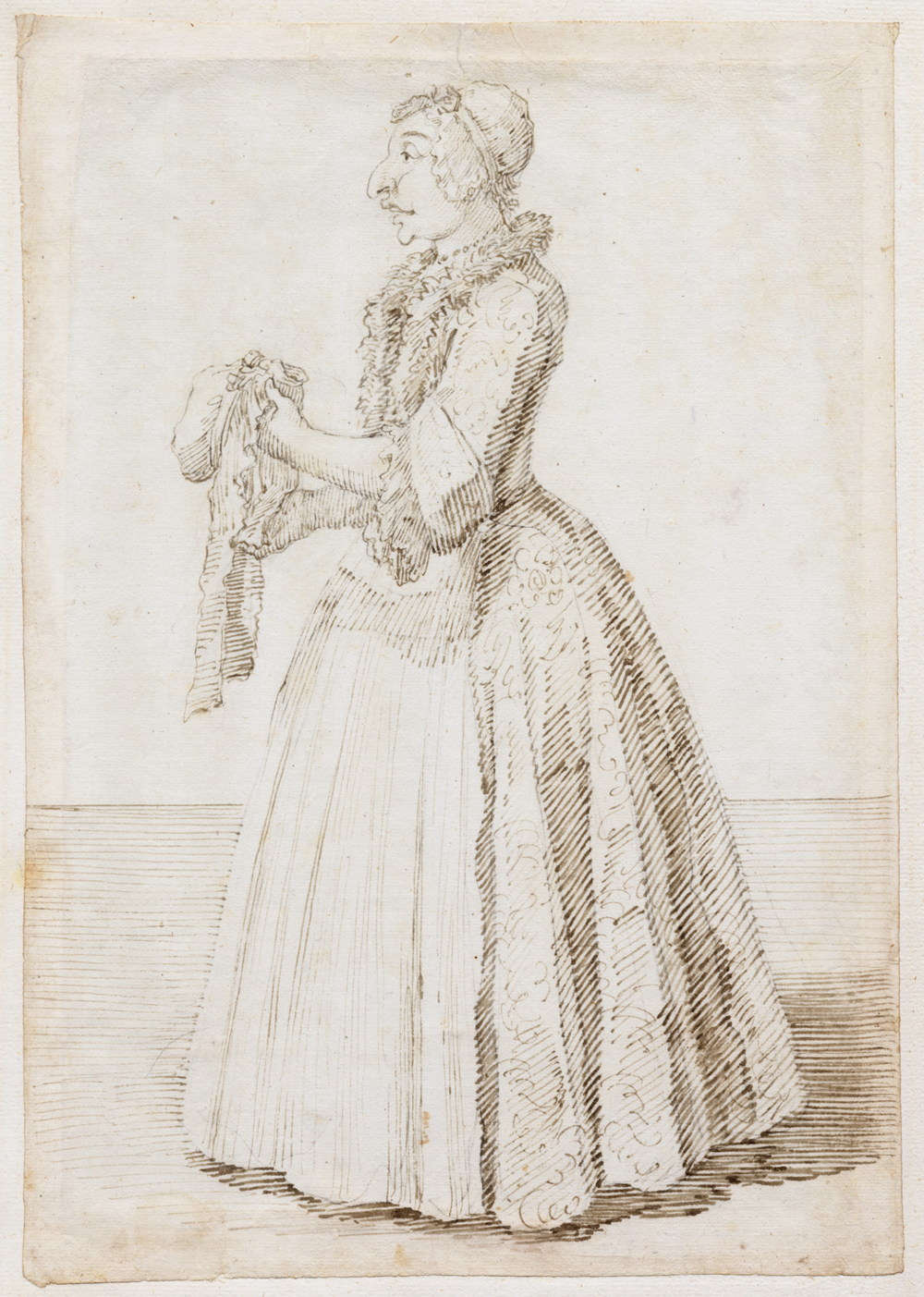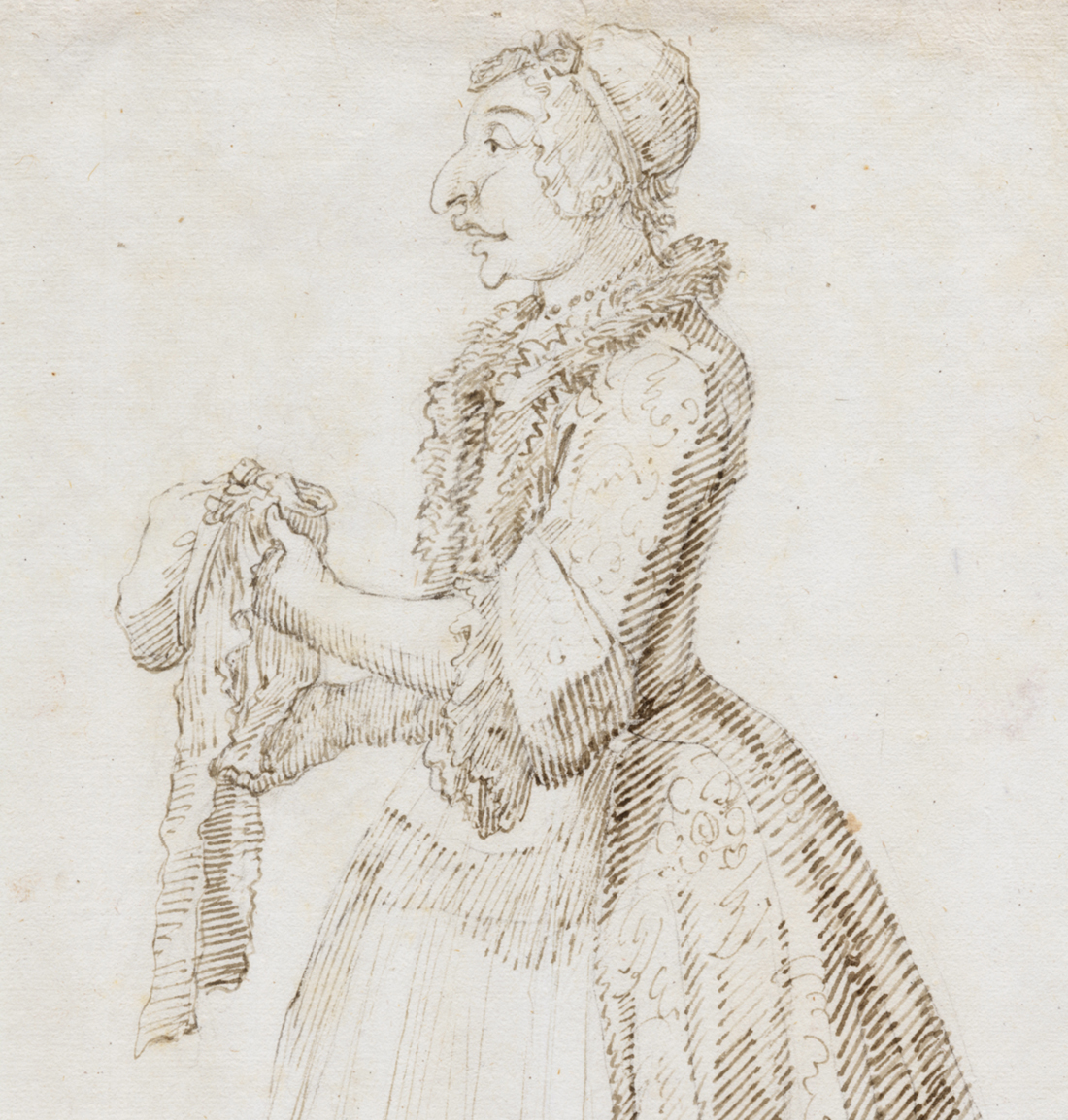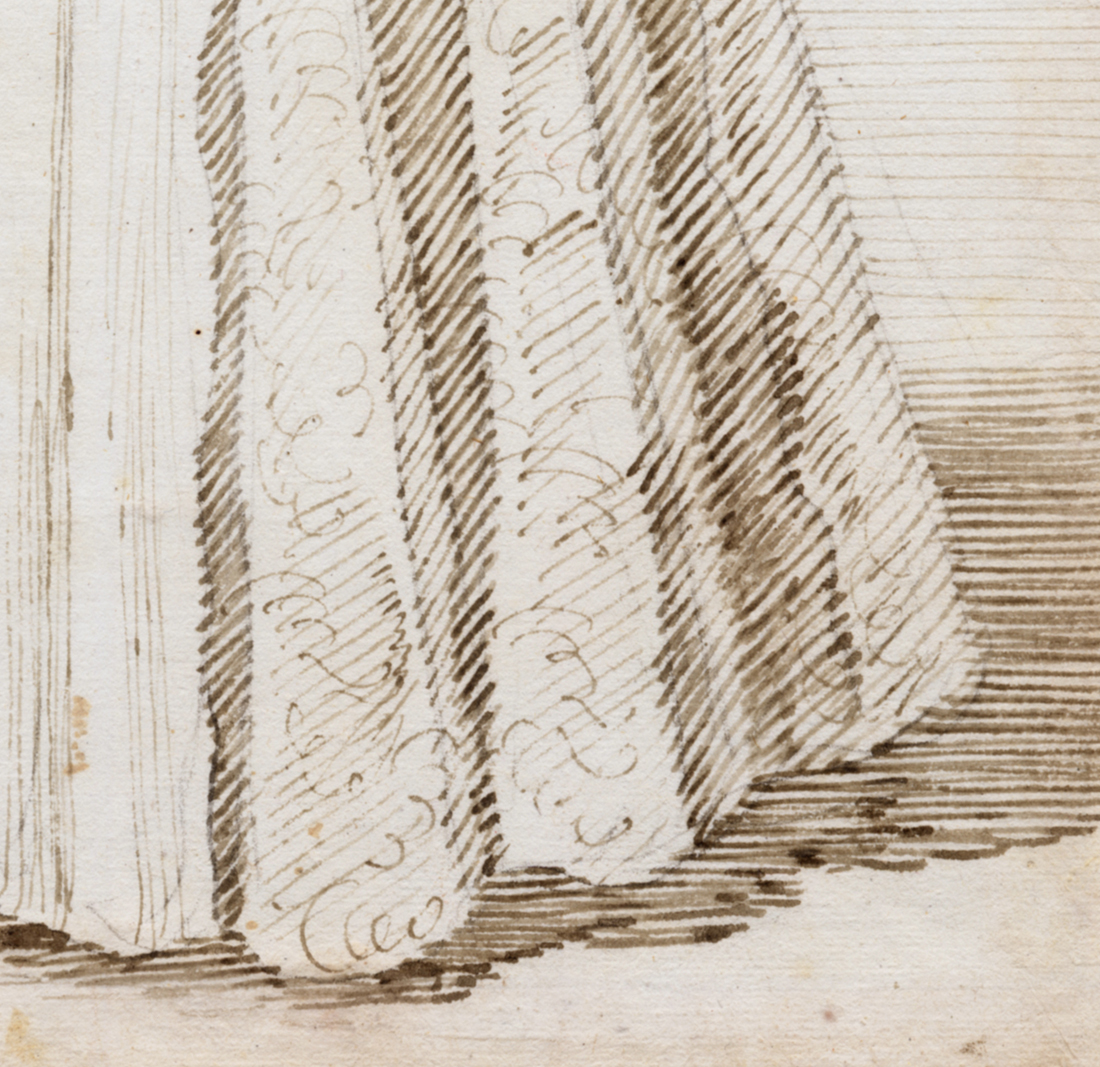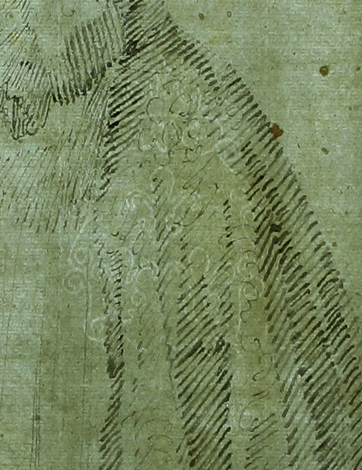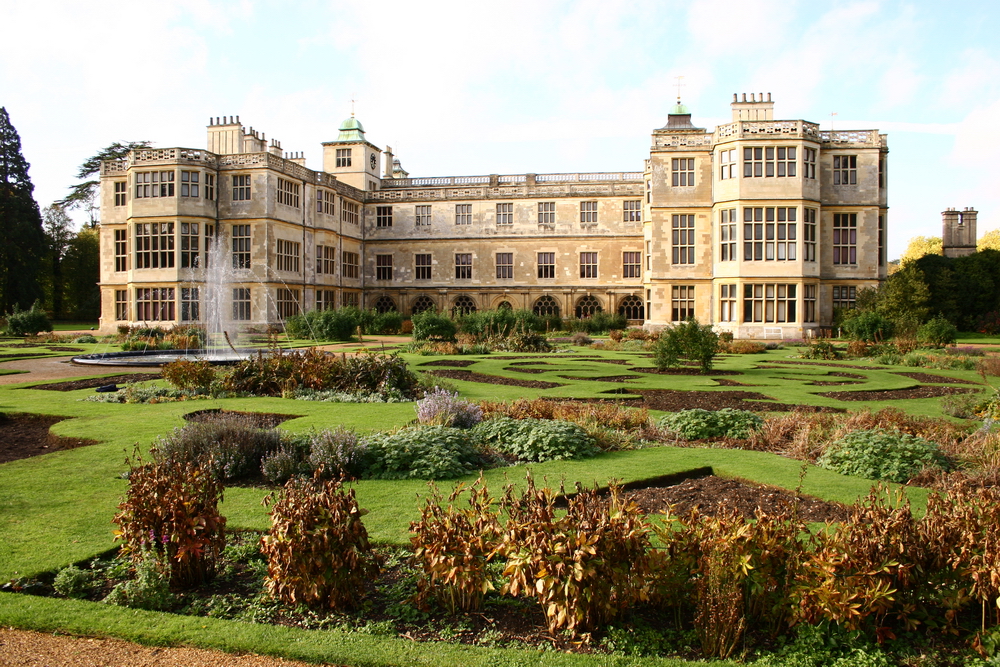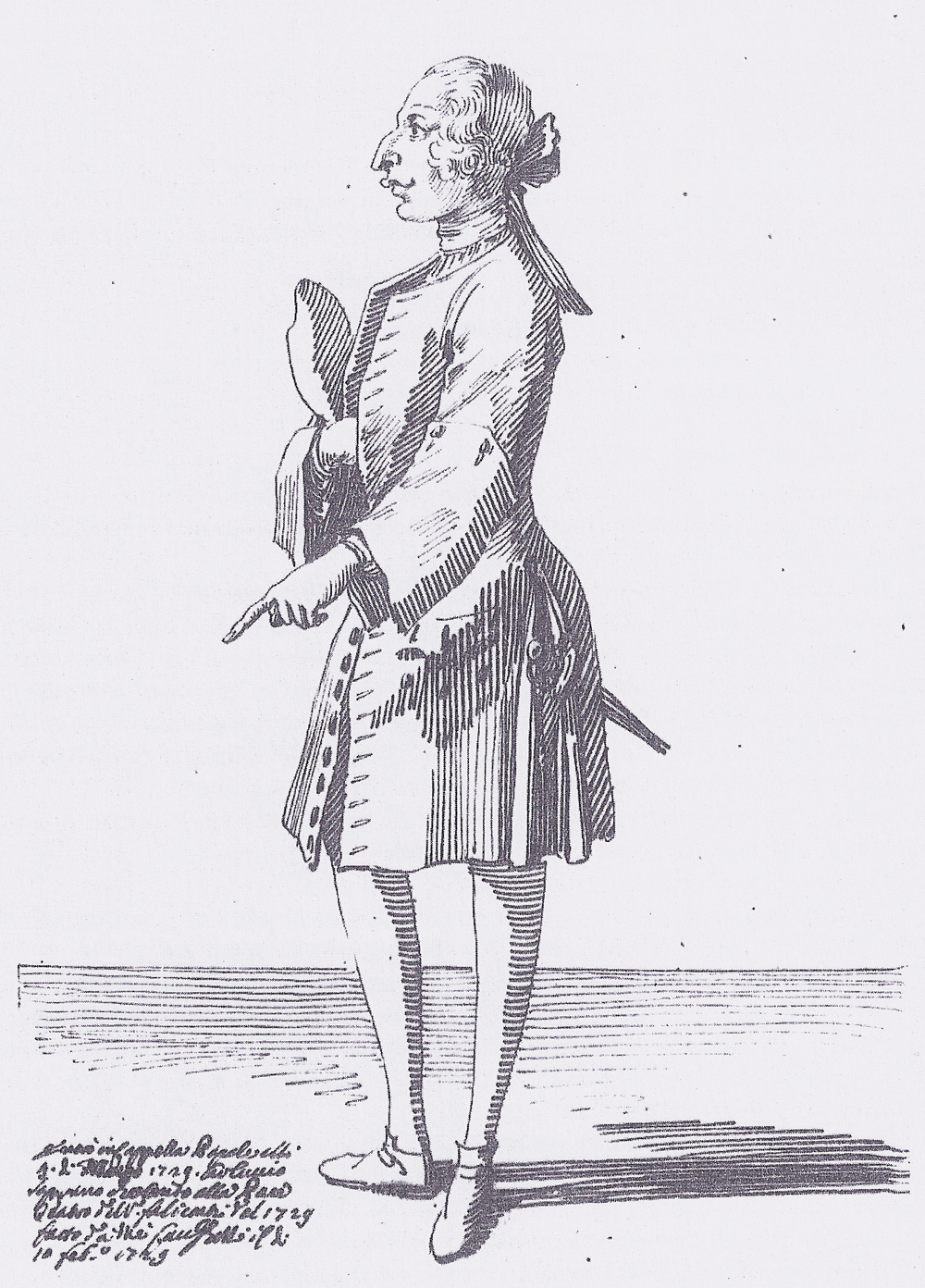PIER LEONE GHEZZI (Communanza 1674 – 1755 Rome)
Pier Leone Ghezzi (Communanza 1674 – 1755 Rome)
The Castrato Carlo Discreti, called Carluccio (c.1690–1760), dressed for one of his soprano roles
Black chalk, pen and brown ink, watermark shield with French lily, 330 x 228 mm (13 x 9 inch)
Provenance
~ John Griffin Griffin, 4th Baron Howard de Walden, 1st Baron Braybrooke (1719 – 1797), Audley End House, by 1798;
~ By descent to Henry Seymour Neville, 9th Baron Braybrooke (1897–1990);
~ By whom sold, Sotheby’s, London, 10 December 1979, lot 107, as ‘A Lady holding a Bonnet’
***
Ghezzi was the godson of Carlo Maratta, and was trained by his father, Giuseppe Ghezzi (1634–1721), who was a secretary to the Roman Accademia di San Luca. Pier Leone himself joined the Accademia in 1705, and painted an Allegory of Gratitude as his submission picture. He executed frescoes in th Villa Falconieri at Frascati, but is much better known today for his amusing and characterful caricature portrait drawings, which take many of Rome’s artistic and intellectual community as their subjects. Among his sitters were Vivaldi, Pergolesi, Locatelli and many others.
The present drawing is part of a group of 152 caricature drawings by Ghezzi of members of the household of Cardinal Melchior de Polignac (1654-1747). The caricatures were originally bound in two volumes and were in the possession of Lord Braybrooke of Audley End House by 1798, until sold by his descendants at Sotheby's in 1979. Cardinal de Polignac was the French Ambassador to Rome between 1724 and 1730, during which time he became friends with Ghezzi.1
Ghezzi was a prolific draftsman and many of his caricatures were given away or sold by him during his lifetime. Many caricatures were bound in albums, and when the artist died several albums of caricatures remained in the possession of his wife. In 1755, the director of the French Academy in Rome wrote to the Marquis de Marigny that Ghezzi’s widow was unwilling to break up the albums and was asking two sequins for each caricature.2 A near-intact album with 47 full-page portraits and 64 portrait busts is preserved in the Pierpont Morgan Library, New York.3 The Morgan album is dated 1780 and was apparently only assembled then, twenty-five years after the artist’s death. Another large collection of caricatures by Ghezzi is in the Biblioteca Apostolica Vaticana, Rome.
Born in Santa Vittoria in the Marche, Carlo Discreti was appointed soprano to the Cappella Giulia of St Peter’s in Rome on 1st September 1716, where he remained until April 1719.4 He then entered the Cappella Pontificia, patronised by Cardinal Ottoboni. Known as ‘Carluccio’, he also performed in female roles in the secular operas of Caldara and Scarlatti, as women were not permitted on stage in Rome. He died on 31st May 1760. Another caricature of Discreti by Ghezzi is known, dated 10th February 1729, in the Vatican Library (fig.).5 The Vatican sheet shows Discreti in male clothing.
Ghezzi represented other castrati in female dress in their roles, such as the splendid caricature of the great Farinelli of 1724.6 Castrati were male singers with voices equivalent to that of a soprano, mezzo-soprano or contralto, which was effected by castration of the singer before puberty. The training of the boys was rigorous. The regime of one singing school in Rome (c. 1700) consisted of one hour of singing difficult and awkward pieces, one hour practising trills, one hour practising ornamented passaggi, one hour of singing exercises in their teacher's presence and in front of a mirror so as to avoid unnecessary movement of the body or facial grimaces, and one hour of literary study; all this, moreover, before lunch. After, half-an-hour would be devoted to musical theory, another to writing counterpoint, an hour copying down the same from dictation, and another hour of literary study. During the remainder of the day, the young castrati had to find time to practice their harpsichord playing, and to compose vocal music, either sacred or secular depending on their inclination.7 This demanding schedule meant that, if sufficiently talented, they were able to make a debut in their mid-teens with a perfect technique and a voice of a flexibility and power no woman or ordinary male singer could match.
In the 1720s and 1730s, at the height of the craze for these voices, it has been estimated that upwards of 4,000 boys were castrated annually in the service of art. Many came from poor homes and were castrated by their parents in the hope that their child might be successful and lift them from poverty. There are, though, records of some young boys asking to be operated on to preserve their voices.
SOLD
1. Other caricatures from the album include: Alexis, the Mason (Sotheby’s, New York, 25 January 2007, lot 105); Monsieur Ceron (Sotheby’s, New York, 25 January 2007, lot 106); a Majordomo (Sotheby’s, New York, 25 January 2006, lot 100);
2. Jacob Bean and William Griswold, 18th Century Italian Drawings in the Metropolitan Museum of Art, New York 1990, p. 83.
3. Nineteenth Report to the Fellows … 1978-1980, New York 1981, p. 194.
4. For Carluccio, see Flavio Caroli, Il gran teatro del mondo: l’anima e il volto del Settecento, Milan 2003, p. 452 and especially Giancarlo Rostirolla, Il “mondo novo” musicale di Pier Leone Ghezzi, Milan 2001, pp. 340-41, cat. no. 133.
5. Pen and brown ink, 323 x 227 mm; I-Rvat, Ottob. Lat. 3116, c. 159; Albert Dunning (ed.), Intorno a Locatelli: studi in occasione del tricentenario della nascita di Pietro Antonio Locatelli (1695-1764), Lucca 1995, vol. I, p. 514, fig. 28.
6. Janos Scholz collection, New York. See The Eighteenth Century in Italy: drawings from New York collections, exh. cat. New York (Metropolitan Museum) 1971, no. 20, repr.
7. G. Bontempi, Historia Musica, Perugia 1695, p. 170.
